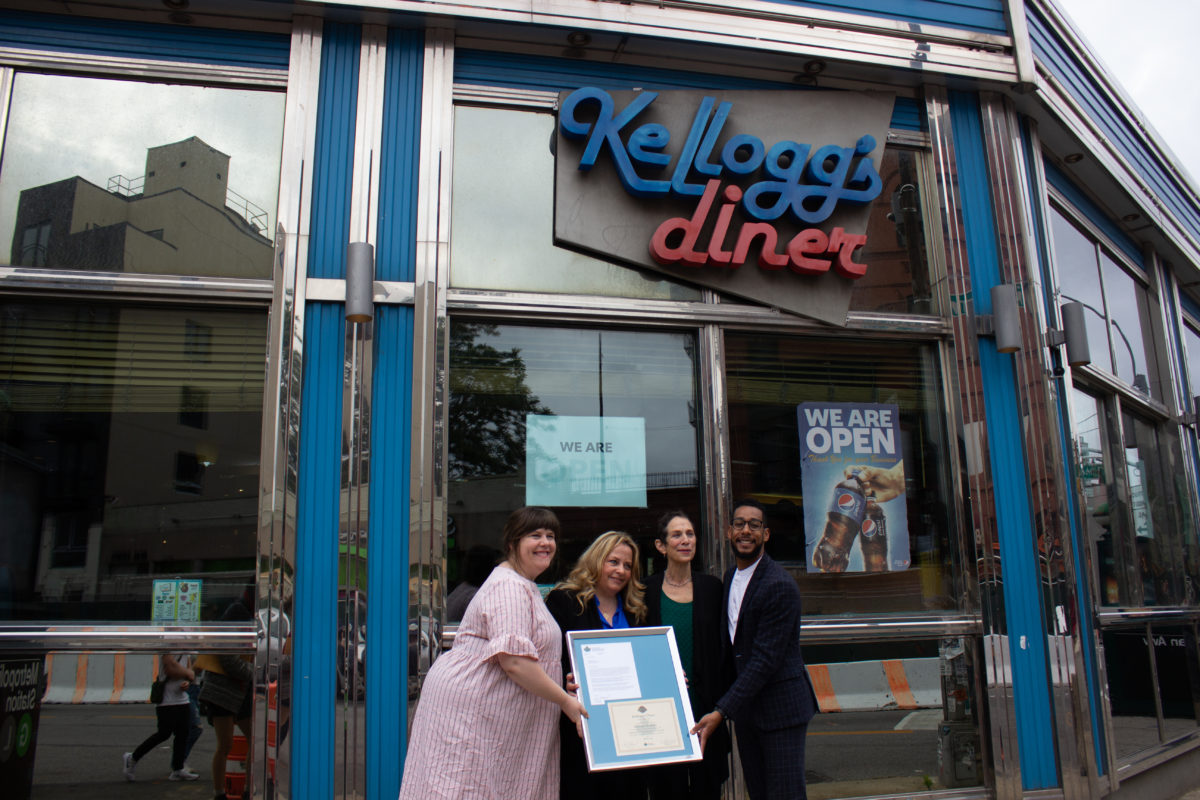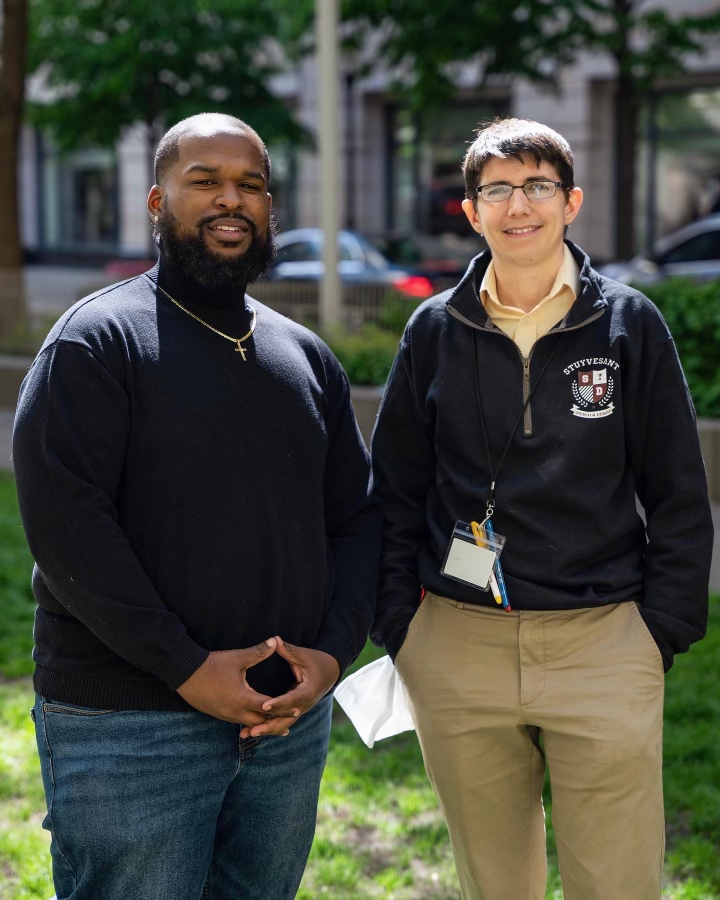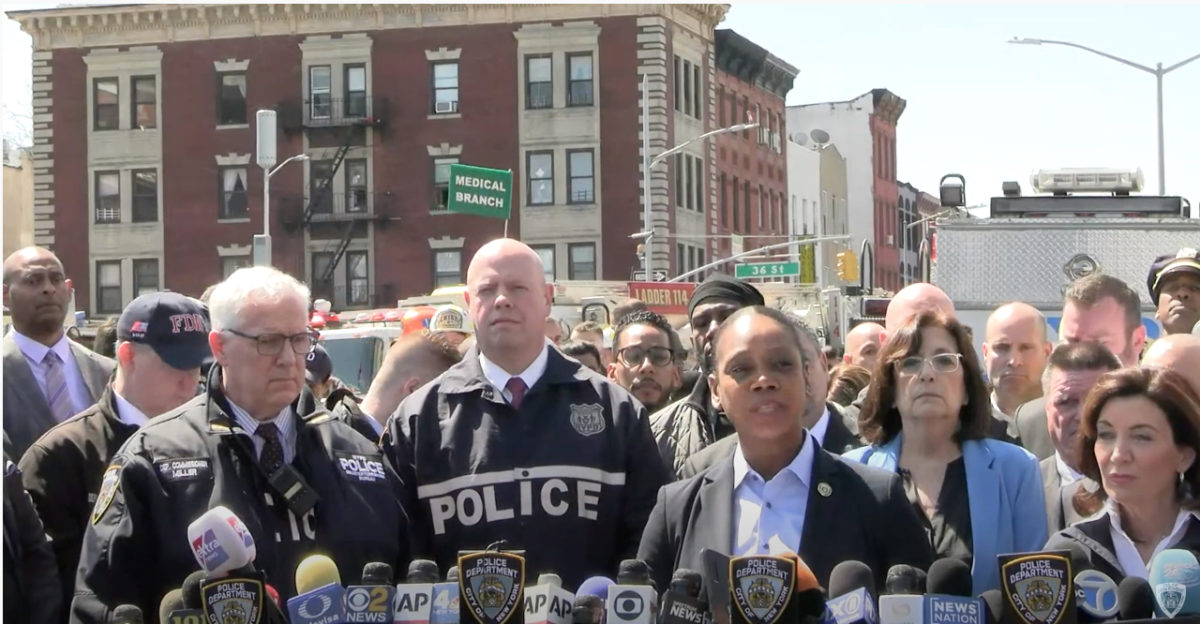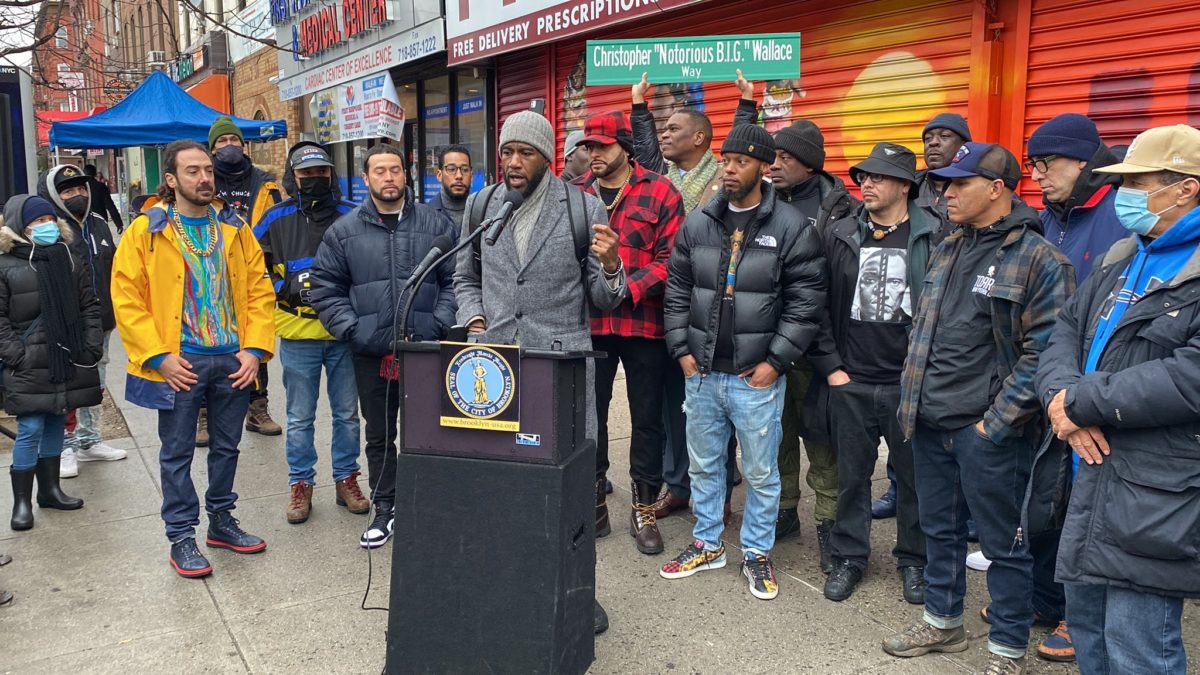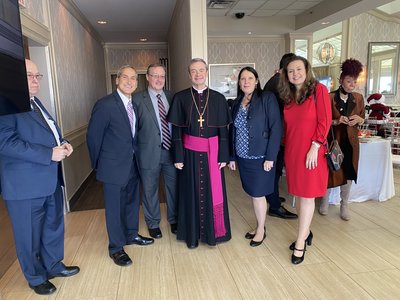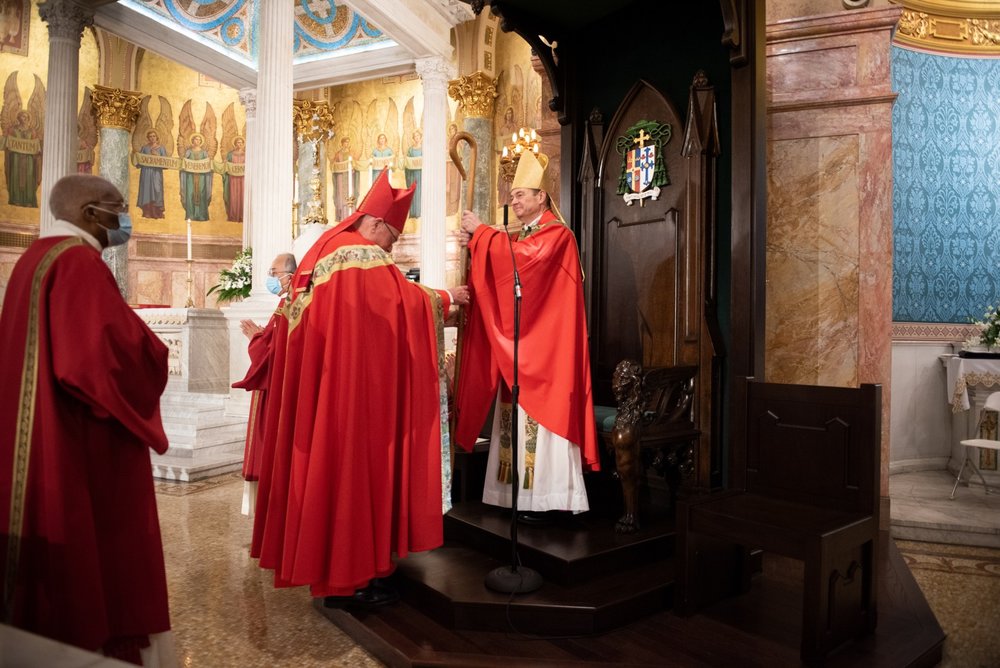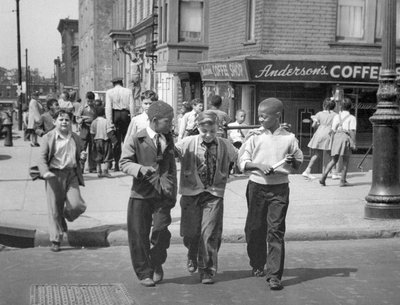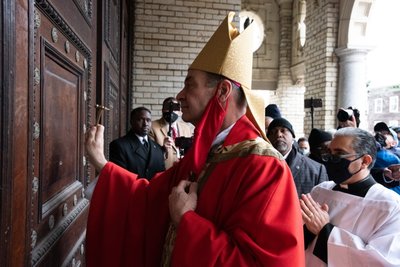Kellogg’s added to historic registry
Kellogg’s, the famous 24-hour Williamsburg Diner, was added to the Historic Business Preservation Registry on Saturday.
The Historic Business Preservation Registry was created with the goal of providing educational and promotional assistance to businesses that have been located in a neighborhood for over 50 years. The program, administered by the New York State Office of Parks, Recreation & Historic Preservation, can receive nominations from local legislators and are decided on a rolling basis.

Elected officials and restaurant workers inside Kellogg’s Diner with the historical designation award.
Since around 1973, Kellogg’s has served Williamsburg residents morning, noon, and night. Despite the pressures the COVID-19 placed on local businesses, the Metropolitan Avenue-based eatery was able to continue serving families during the pandemic.
Navigating a business throughout a pandemic is difficult, but Irene Siderakis was able to pull it off – without any restaurant experience at all.
Before the pandemic, Irene was a stay-at-home mother for her four boys. She inherited the restaurant after her husband passed away unexpectedly in 2019.
“The worst things in life can hate you. But it doesn’t mean you can’t move forward in a positive direction, as long as you believe in yourself,” Siderakis said about what this moment meant to her. “As a woman I want to say that I’m proud of myself. I know I put my heart into it. I put all my strength into it. Just because my husband died there is the excuse to say we can’t. I’ve got four children in this world I’m responsible for. There is no can’t”.
Before her husband passed she didn’t know anything about the business—who the vendors were, how to handle payroll, or the day-to-day responsibilities. Now, she says she feels closer to him, knowing everything he did to help provide a life for her and her kids.
“It is just a fantastic, fantastic testimony to the community that this place holds that Kellogg’s fought through COVID and rose again, and reopened and kept their staff and kept everyone safe,” State Assemblywoman Emily Gallagher, who nominated the business for the registry, said while presenting the award. “They closed for two months during COVID, during which the owner became very, very ill, but still made sure that she was feeding the community. And I just think this is a beautiful example of what small businesses can do for our city and our states.

Siderakis has an emotional moment after being presented with the award
The 15 or so patrons got excited by the unexpected announcement, taking out their phones to capture the moment they got to be a part of.
“One of my first memories in about 1950 was that this [referring to her booth] was a caboose you know, like real diners used to be like train cars,” longtime patron Lorraine Franzese Scorsone, 68, said.
And she’s kept the tradition alive for the latest generation, regularly taking her two grandchildren to Kellogg’s.
“Kellogs has always been probably one of the biggest staples of this community,” 13-year-old Dahlia Prettr said. She said that she can’t even remember the first time going as it’s always been a piece of her life.“ So this community, no matter how much it’s changed, it’s always still been like that. Not a close-knit family by any means. But it’s still a family.”
“If you’re born and raised here, you know everything about Kellogg’s. You know how important it is early in the morning or very, very late at night,” South Williamsburg native and Brooklyn Borough President Reynoso said to some laughs. “And I just want to thank you again for being here for 50 years, when no one wanted to be in Williamsburg 30 years ago, you were here 50 years ago, and you guys maintained it and stood strong.”
And while much was made about the history of Kellogg’s on Saturday, Siderakis is even more excited for the future.

Siderakis receives Historical Business Award
Siderakis recently held their first comedy show at the diner the previous week, where Brooklyn Magazine reported over 75 people attended. She’s also been looking at expanding their takeout options, working to supply the food for ghost kitchens. She’s even gotten a request for someone to hold their wedding reception there.
But some things are going to stay the same. The friendly service the staff at Kellogg’s are known for will continue. The menu will be just as long. And, of course, it will stay open 24 hours a day.
“They believed in me, which was the biggest thing for me,” Siderakis said about how none of this would be possible without her staff. ”I didn’t know nothing. But they believed in me. And they stuck by me. And we got it together and we made it happen. And we supported one another with the customers that believed in us. I’m so grateful for everyone that kept coming back.

